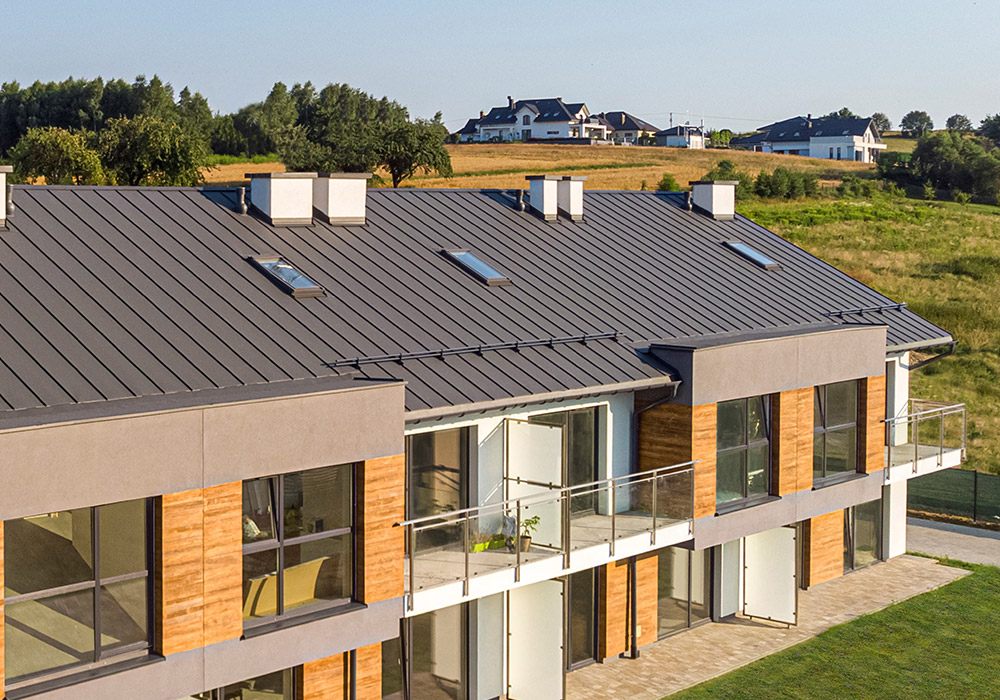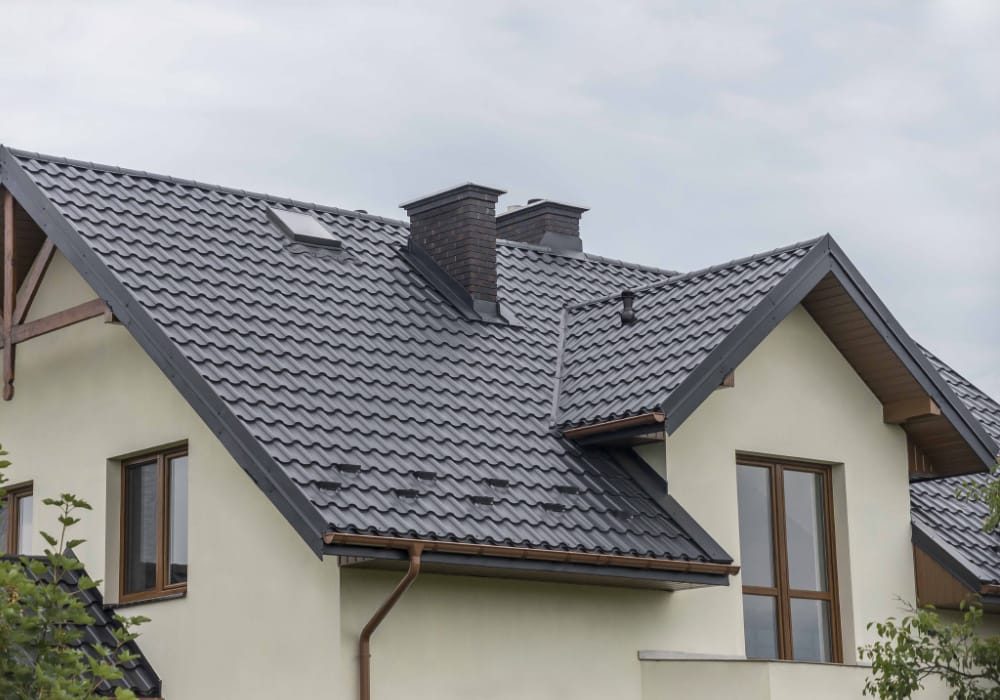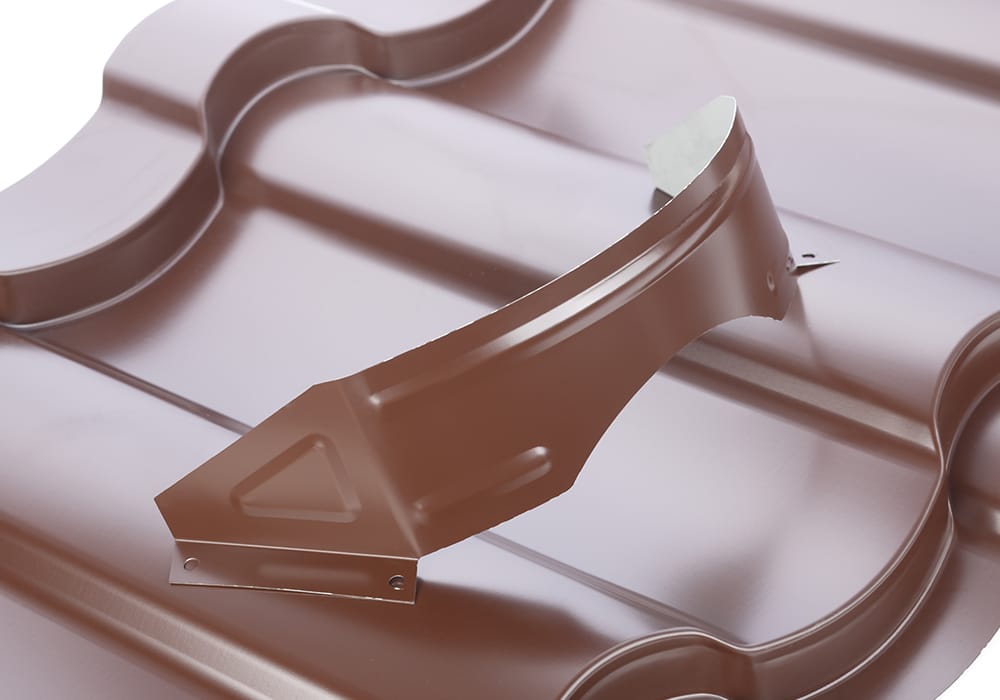Very often, investors wanting to save on the costs of building the roof, and thus at home, give up the assembly of snowdrifts. Completely wrong, because the heavy snow sliding at high speed and without control is a threat.
The snow sliding off the roof is dangerous – especially during the thaw it is very heavy. Not only can it damage plants or cars near the house, but also heavy mass can deform or break the gutters, as well as damage the roofing. It is also a threat to the health and even the lives of people and pets. So let’s not give up the assembly of snow protection. This is not such a big expense, and in many cases certainly less than repairing the damage caused.

Snow protection is necessary on all steep roofs, especially those with a large angle of inclination, because the snow slides off them the fastest. Their main task is to stop the snow sliding off the roof slope, or at least separate the large mass into smaller parts.
Mount the most convenient anti -snow protection when laying the roofing. The roof design should predict the assembly of such elements. Their type and spacing are selected, among others Depending on the shape of the roof and the slope of the slope and the area in which the house is built. They are usually located above the entrance to the house, paths at the house, entering the garage and parking space. If we decide on the installation of snowdrifts during the operation of the house, it is also possible. Importantly, they should be selected in accordance with the recommendations of the roofing manufacturer.

Renowned roofing manufacturers have in their offer snow protection. They are not only functional but also aesthetic. We will select them to our roof without any problem, thanks to which he will retain a coherent and attractive character. In addition, we can be sure that all accessories are compatible with each other, and thus ensure effective protection against snow and ice sliding from the slope. The choice is large, so we will definitely find something for ourselves.
Sowing fences for seam panels. They consist of galvanized, aluminum or copper pipes with a diameter of about 35 mm. The tubes are attached to steel coverings (e.g. metal roofing plants) with clamps, which in turn are attached to standing seams (shaped on the sheet sheet connections). Usually, several rows of tubes are placed on the roof. Remember to use tubes made of the same material as the roofing, e.g. for galvanized tin covering, we choose galvanized steel or aluminum protection. In addition, these snow protection is powder painted with paint, most often in popular colors, as well as typical for roofing of a given manufacturer.
Snow fences. The trigger -like structure blocks and partly breaks down a snow hat sliding with a large mass. It is most often made of aluminum or steel, protected against atmospheric factors with galvanized or varnish (e.g. polyester) with high durability and resistance. Nasting fences – depending on the manufacturer and the system used – can have a different length from 2 to 3 m. These elements connected to each other can create long rows (they are connected with a buckle) or can be installed in several rows (this solution is found First of all, in the mountains and regions with heavy snowfall).

Snow rippers. Otherwise snowy. They distribute a large snow sliding cap. Their task is also to protect snow fences, which can be bent under excessive load. Snow rippers are mounted when the roof slope is longer than 3 m. They are alternately arranged in two rows – the distance between the rows is 1 m, while the spacing between the snowballs is 0.5 m.
Other snow protection are also available, e.g. wooden beams or stopwatches. Remember that we choose all security depending on the type of cover.